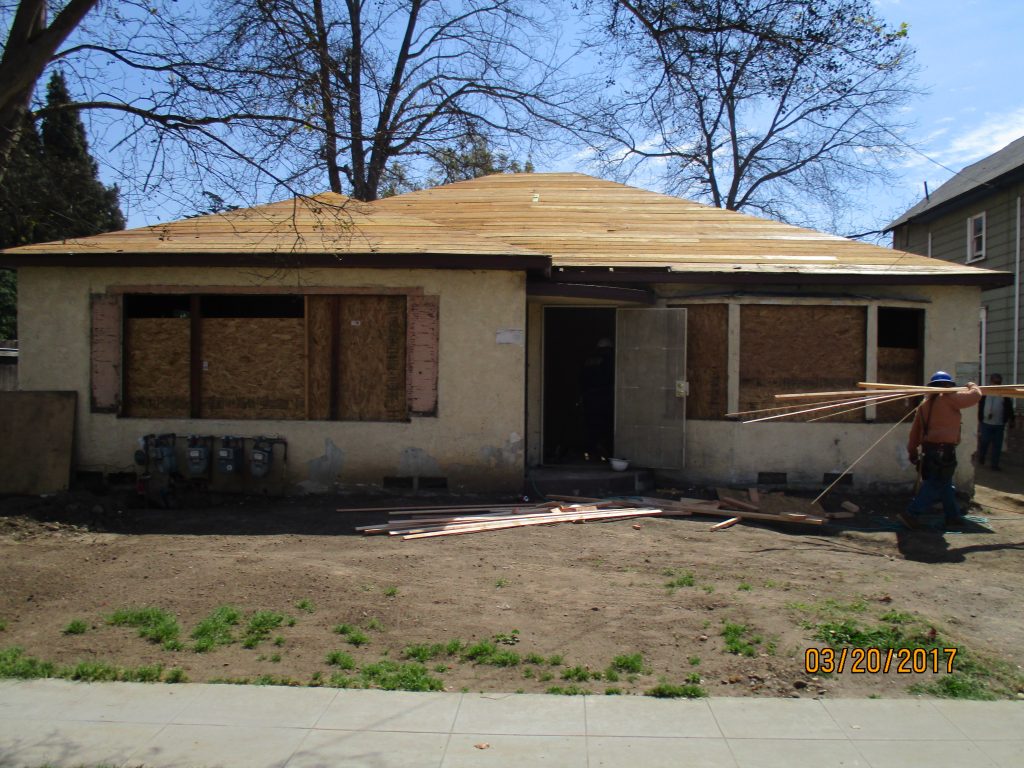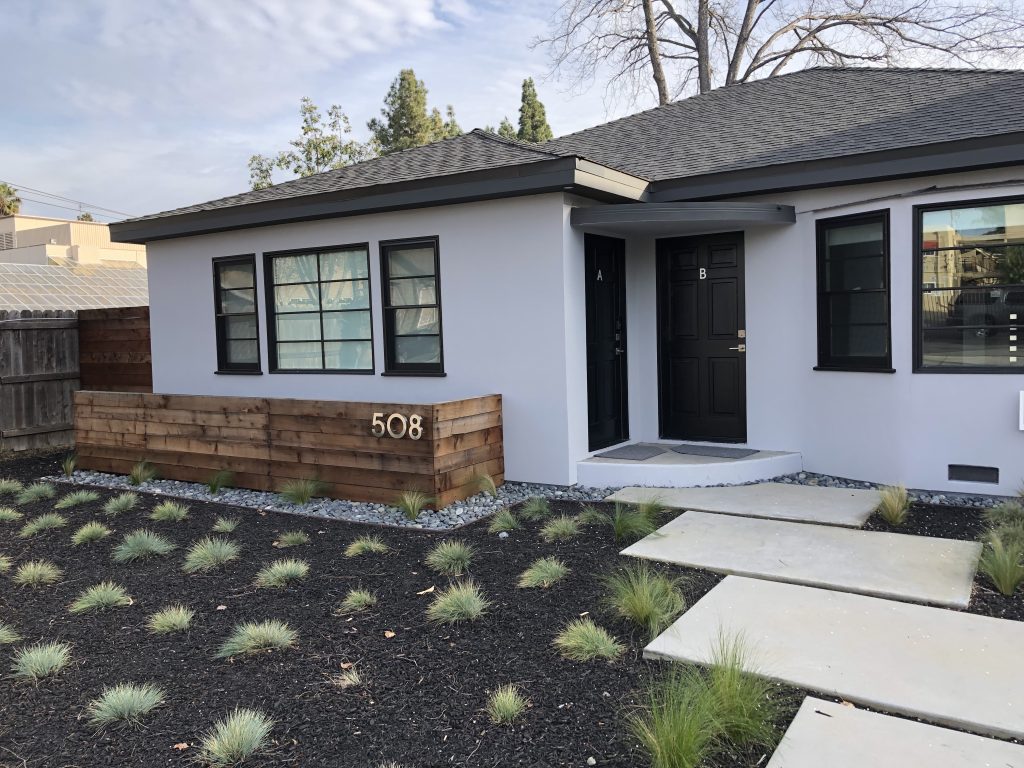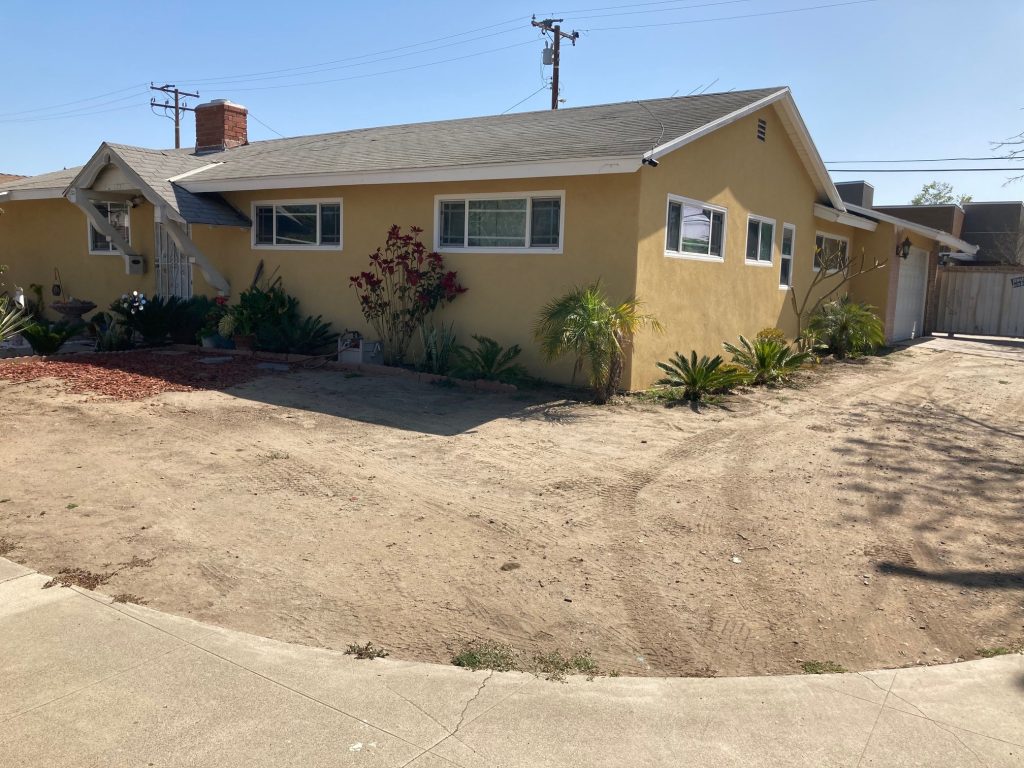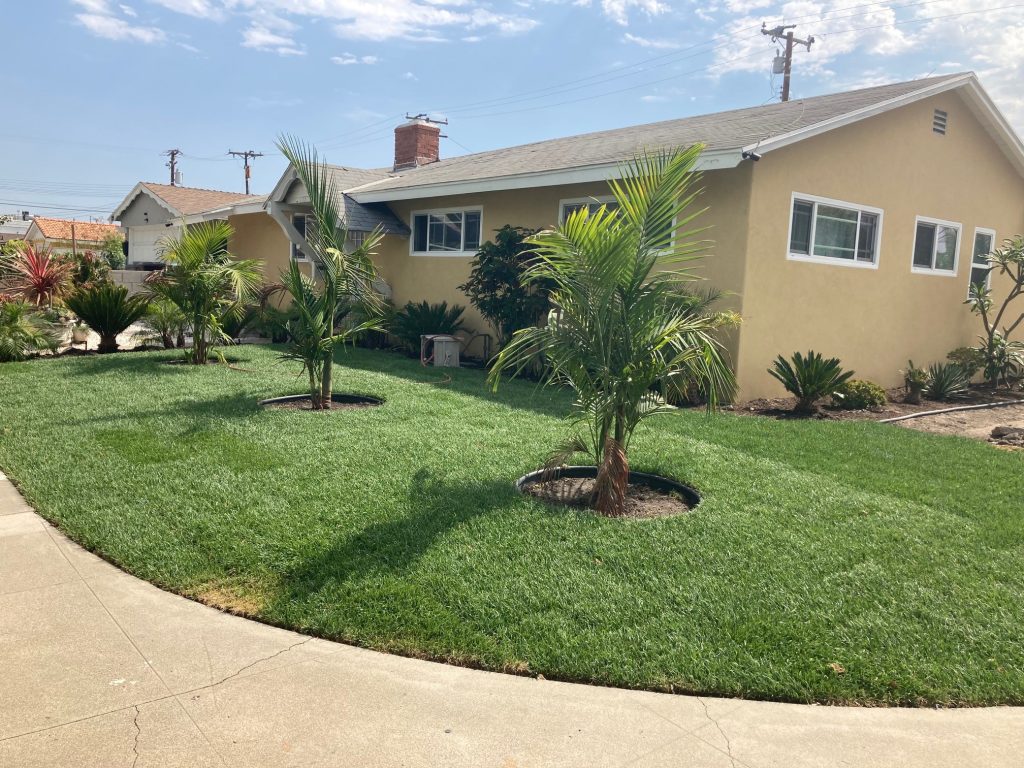Health and Safety Code – HSC
Division 13. Housing [17000-19997] (Division 13 enacted by Stats. 1939, Ch. 60)
Part 1.5. Regulation of Buildings used for Human Habitation [17910 – 17998.3] (Part 1.5 added by Stats. 1961, Ch. 1844.)
Chapter 2. Rules and Regulations [17920 – 17929] (Chapter 2 added by Stats. 1961, Ch. 1844.)
17920.3. Any Building or portion thereof including any dwelling unit, guestroom or suite of rooms, or the premises on which the same is located, in which there exists any of the following listed conditions to an extent that endangers the life, limb, health, property, safety, or welfare of the public or the occupants thereof shall be deemed and hereby is declared to be a substandard building:
(a) Inadequate sanitation shall include, but not be limited to, the following:
(1) Lack of, or improper water closet, lavatory, or bathtub or shower in a dwelling unit.
(2) Lack of, or improper water closets, lavatories, and bathtubs or showers per number of guests in a hotel.
(3) Lack of, or improper kitchen sink.
(4) Lack of hot and cold running water to plumbing fixtures in a hotel.
(5) Lack of hot and cold running water to plumbing fixtures in a dwelling unit.
(6) Lack of adequate heating.
(7) Lack of, or improper operation of required ventilating equipment.
(8) Lack of minimum amounts of natural light and ventilation required by this code.
(9) Room and space dimensions less than required by this code.
(10) Lack of required electrical lighting.
(11) Dampness of habitable rooms.
(12) Infestation of insects, vermin, or rodents as determined by a health officer or, if an agreement does not exist with an agency that has a health officer, the lack of adequate garage and rubbish removal facilities can be determined by a code enforcement officer as defined in Section 829.5 of the Penal Code, upon successful completion of a course of study in the appropriate subject matter as determined by the local jurisdiction.
(13) Visible mold growth, as determined by a health officer or a code enforcement officer, as defined in Section 829.5 of the Penal Code, excluding the presence of mold that is minor and found on surfaces that can accumulate moisture as part of their properly functioning and intended use.
(14) General dilapidation or improper maintenance.
(15) Lack of connection to required sewage disposal system.
(16) Lack of adequate garbage and rubbish storage and removal facilities, as determined by a health officer or, if an agreement does not exist with an agency that has a health officer, the lack of adequate garbage and rubbish removal facilities can be determined by a code enforcement officer as defined in Section 829.5 of the Penal Code.
(b) Structural hazards shall include, but not be limited to, the following:
(1) Deteriorated or inadequate foundations.
(2) Defective or deteriorated flooring or floor supports.
(3) Flooring or floor supports of insufficient size to carry imposed loads with safety.
(4) Members of walls, partitions, or other vertical supports that are split, lean, list, or buckle due to defective material or deterioration.
(5) Members of walls, partitions, or other vertical supports that are of insufficient size to carry imposed loads with safety.
(6) Members of ceilings, roofs, ceiling and roof supports, or other horizontal members which sag, split, or buckle due to defective material or deterioration.
(7) Members of ceilings, roofs, ceiling and roof supports, or other horizontal members that are of insufficient size to carry imposed loads with safety.
(8) Fireplaces or chimneys which list, bulge, or settle due to defective material or deterioration.
(9) Fireplaces or chimneys which are of insufficient size or strength to carry imposed loads with safety.
(c) Any nuisance.
(d) All wiring, except that which conformed with all applicable laws in effect at the time of installation if it is currently in good and safe condition and working properly.
(e) All plumbing, except plumbing that conformed with all applicable laws in effect at the time of installation and has been maintained in good condition, or that may not have conformed with all applicable laws in effect at the time of installation but is currently in good and safe condition and working properly, and that is free of cross connections and siphonage between fixtures.
(f) All mechanical equipment, including vents, except equipment that conformed with all applicable laws in effect at the time of installation and that has been maintained in good and safe condition, or that may not have conformed with all applicable laws in effect at the time of installation but is currently in good and safe condition and working properly.
(g) Faulty weather protection, which shall include, but not be limited to, the following:
(1) Deteriorated, crumbling, or loose plaster.
(2) Deteriorated or ineffective waterproofing of exterior walls, roofs, foundations, or floors, including broken windows or doors.
(3) Defective or lack of weather protection for exterior walls coverings, including lack of paint, or weathering due to lack of paint or other approved protective covering.
(4) Broken, rotted, split, or buckled exterior wall coverings or roof coverings.
(h) Any building or portion thereof, device, apparatus, equipment, combustible waste, or vegetation that, in the opinion of the chief of the fire department or his deputy, is in such a condition as to cause a fire or explosion or provide a ready fuel to augment the spread and intensity of fire or explosion arising from any cause.
(i) All materials of construction, except those that are specifically allowed or approved by this code, and that have been adequately maintained in good and safe condition.
(j) Those premises on which an accumulation of weeds, vegetation, junk, dead organic matter, debris, garbage, offal, rodent harborages, stagnant water, combustible materials, and similar materials or conditions constitute fire, health, or safety hazards.
(k) Any building or portion thereof that is determined to be an unsafe building due to inadequate maintenance, in accordance with the latest edition of the Uniform Building Code.
(l) All buildings or portion thereof not provided with adequate exit facilities as required by this code, except those buildings or portions thereof whose exit facilities conformed with all applicable laws at the time of their construction and that have been adequately maintained and increased in relation to any increase in occupant load, alteration or addition, or any change in occupancy. When an unsafe condition exists through lack of, or improper location of, exits, additional exits may be required to be installed.
(m) All buildings or portions thereof that are not provided with the fire-resistive construction or fire-extinguishing systems or equipment required by this code, except those buildings or portions thereof that conformed with all applicable laws at the time of their construction and whose fire-resistive integrity and fire-extinguishing systems or equipment have been adequately maintained and improved in relation to any increase in occupant load, alteration or addition, or any change in occupancy.
(n) All buildings or portions thereof occupied for living, sleeping, cooking, or dining purposes that were not designed to be used for those occupancies.
(o) Inadequate structural resistance to horizontal forces.
“Substandard building” includes a building not in compliance with Section 131143.2
However, a condition that would require displacement of sound walls or ceilings to meet height, length, or width requirements for ceilings, rooms, and dwelling units shall not by itself be considered sufficient existence of dangerous conditions making a building a substandard building, unless the building was constructed, altered, or converted in violation of those requirements in effect at the time of construction, alteration, or conversion.
(Amended by Stats. 2015, Ch. 720, Sec. 3. (SB 655) Effective January 1, 2016)
https://leginfo.legislature.ca.gov/faces/codes_displaySection.xhtml?sectionNum=17920.3.&lawCode=HSC





